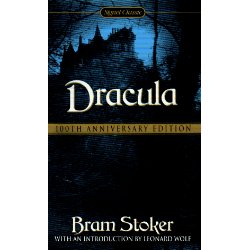Dracula (1897): An unexpected mustache and some killer secretarial skills
Book: Dracula
Author: Bram Stoker
Publication date: 1897
Approximate reading date: July 15, 2011
My background:
I’ve always considered myself a reader. I like reading, I do it for fun, and naturally, I studied English in college. However, after I graduated in May 2011, I realized something: I really hadn’t read much. In elementary and middle school, yes; in high school, I did whatever was required of me. But in college, no. Sure, I covered the requisite Shakespeare, and I learned a little more than I’d like to about contemporary poetry. But when it came to the novel, I discovered I was lacking. The truth of the matter was, the strongest literature courses at my college were in poetry and drama (particularly British), and in many classes, the novel was considered more of a vessel for social commentary and class discussion.
This wasn’t fair. I love novels, and for the department to neglect the form entirely (except for a couple Jane Austen and Victorian literature courses) just seems cruel. So, the first thing I did when I got home from college was start to dig into the classics. Dracula was one of the first ones I grabbed.
I was on my way to publishing school in July, and I needed to pack some extracurricular reading. So, naturally, instead of remembering my trustyElements of Style and my library-loaned copy of The Chicago Manual of Style($36.40 on Amazon? No thanks!), I packed Dracula, Jekyll and Hyde, Slaughterhouse-five, The Lord of the Rings, and Frankenstein. After a week and a half, I decided I hated publishing school and left. But while I was there, I spent my daily gym trip reading Dracula on the bikes.
The plot:
The novel is told in an epistolary style, beginning with the diary of Jonathan Harker, a man who comes to Transylvania to help Count Dracula with some real estate dealings in England. He’s warned to keep away from the castle, but after refusing to heed the warnings or listen to his instincts, he finds himself locked in with no hope for escape. Without my revealing too much about the terrors he faces within the castle walls, he eventually escapes and manages to come home safely to England where he reunites with Mina, his bride-to-be. Back at home, Mina’s friend Lucy begins to fall ill, requiring transfusion after transfusion, until Dr. Van Helsing arrives and reveals to the others involved (Jonathan, Mina, and Lucy’s three suitors) what the true cause of her illness is. The remainder of the novel is a struggle against Count Dracula himself in an attempt to protect everyone else from his murderous, soulless ways.
The commentary:
The first thing I noticed about Dracula was that I was impressed. This is one of those books that everyone has heard about, and everyone assumes they know the story. My guess is they don’t.
Dracula is not the first vampire story, and not even the novel that inspired the whole “suave vampire” concept. (That would be The Vampyre (1819), by John Polidori, which was often incorrectly attributed to Lord Byron because of the vampire’s Byronic qualities. Literature is fun!) But Count Dracula has become our iconic vampire, complete with the traditional vampire “rules”—sleeps in a coffin at night to avoid the sunlight, rests with his native soil, is repelled by garlic, loathes crosses and holy items, transforms into a bat, and can be killed by means of a stake and a beheading with a mouthful of garlic. He is an incredible, undead creature who has experienced death but has risen from it to feast on the blood of the living in order to preserve his own youthfulness and strength.
What’s interesting, though, is some of the smaller details that the movies have planted into our heads. For example, (quiz time!) what color and style is Count Dracula’s mustache at the beginning of the book? If your answer was, “What mustache?” then you’re probably thinking of the young, handsome Dracula with slicked-back ebony hair, a croaking Transylvanian accent, and a cape. Here is Stoker’s description:
“Within, stood a tall old man, clean shaven save for a long white moustache, and clad in black from head to foot, without a single speck of colour about him anywhere. He held in his hand an antique silver lamp, in which the flame burned without a chimney or globe of any kind, throwing long quivering shadows as it flickered in the draught of the open door. The old man motioned me in with his right hand with a courtly gesture, saying in excellent English, but with a strange intonation.” (Chapter 2)
(As an aside, when I read this passage, I was desperate for a picture to help break my movie-made mental image. Google helped me find this, which doesn’t look entirely accurate, but I put it on my computer as a tiled desktop wallpaper and laughed every time I opened my laptop.)
To be fair, I don’t think I’ve ever sat through the entirety of a Dracula film, so I don’t know how closely any of them follow the book. But when it comes down to it, this novel is less horror and action than I expected. A lot of it is about the process of discovering the causes of the illness, attempting to find the solutions (multiple transfusions are usually the answer, of course), and then planning, archiving, and compiling the various letters into a novel (which, obviously, is the woman’s job). The action doesn’t really come, with a couple of exceptions, until the very end—and even then, it seems to happen quickly.
Oh, and speaking of “the woman’s job,” I would like to point out the amount of misogyny in this work. I know that’s not a particularly new idea; I’m aware I’m not hitting on anything revolutionary here. But still—it’s something that a fan of vampires might not know about the original Dracula. The women and children are the ones who are most frequently the victims, and the female vampires in Dracula’s castle are viciously sexual beings. Every other living woman in the book seems to fall sick or die at some point, while the men remain virile. And, when things are getting ready to wrap up, Mina is forbidden to help in any way except for using her super power: secretarial skills.
Believe me, even though I’m female, I am not the type to get up in arms about literary misogyny. In fact, I kind of like it. I find it really interesting. And that’s why I’m mentioning it—it’s something that not everyone knows about Dracula.
Something else people might not be aware of is the amount of religious influence on the text. Yes, we all know about the crosses and such, but throughout the book, the power of religion is one of the only things that can defeat Dracula—or at least keep him away long enough to do something. For example, putting holy wafers in his coffin or boxes of native soil make them untouchable to him, which means he is unable to rest. Though the holy details may seem obvious even to someone who hasn’t read the book, they helped solidify the idea for me that Dracula is a wholly unholy creature, a soulless body of something that had once been alive, and something that is no longer worthy of pity or mercy. Kind of sad.
…Especially for Bella and Edward. (Aw, and you probably thought you could get through a whole vampire post without a Twilight reference.)
Reading length:
At about 400 pages with fairly small type, this took me about 5 days of leisurely reading in 1-2 hour spurts.
The verdict:
Dracula is an excellent, excellent piece of work with a good dose of horror and intrigue, and the characters had unique—but not irritating—voices that made the epistolary style more than bearable. This book is a classic for a reason, and it will definitely stay with you.

